by Emmanuel Anati
The environment | Epi-Paleolithic and Proto-Camunian | Neolithic | Chalcolithic | Bronze Age | Iron Age | Epilogue
The environment
The Valcamonica, situated just to the north of Brescia and Bergamo, comes down from the heart of the Alps, the Adamello and Cevedale glaciers. Two streams come down from the Tonale and the Aprica Passes and meet at Edolo. There they become the Oglio river, which flows for about sixty kilometers before reaching Lake Iseo. It is mainly in this stretch of valley that the vestiges of the ancient Camunians are to be found.
The Camonica Valley was covered by glaciers during the Pleistocene, until about 12,000 to 10,000 years ago. When the ice age came to an end, the valley floor was left scattered with small lakes and marshes, while innumerable streams ran down the sides of the valley, which itself was still almost completely covered in rock and lacking in vegetation. These streams, larger than they are today, carried their tempestuous waters down into the valley, dragging boulders with them and deeply eroding the landscape.
The valley was difficult to enter as it was shut off at the bottom by Lake Iseo, over which sheer cliffs hung, and could be entered mainly at the top end via two Alpine passes, which must still have been permanently covered with ice. The valley itself was swampy and difficult to cross, criss-crossed by streams and filled with shifting rocks and moraine. Thanks to the growth of algae, lichens and steppe bushes, a blanket of humus began to cover the rocky ground and transform it into a more hospitable habitat for trees. This marked the beginning of life in the valley. Fauna followed the vegetation and, finally, the first human groups moved into the area.
Though man may have first arrived in the valley in Pleistocene glacial interstages, the first certain evidence of human presence is from the rock etchings of hunters in the Pre-Boreal climatic stage, 8000 B.C. During this period the temperature was rising, and pine and birch trees invaded the valley. Dominant in this first corpus of rock art are images of elk, animals left over from the Pleistocene. Continuing climate change around 7000 B.C., in the Boreal stage is characterized by Hazel and Oak forests in the lower valley and the displacement of earlier fauna with smaller cervidae (deer) and caprinae (wild goats). Permanent human occupation is well documented during the Atlantic period, around 5,500 B.C. During this warm period food gatherers began to exploit the potential offered by cultivation; they developed agriculture and introduced those technical innovations which define the Neolithic period (in particular new kinds of flint tools and pottery). Good pasture for wild and domestic herbivores ensured a notable human population increase, documented by several sites in the valley.
The subsequent Sub-Boreal stage from 3,000 to 800 B.C. was a period of cooling. It was during this period that the Camunian civilization reached its peak. Periodic flooding and landslides would have made the valley floor a dangerous place in which to live; even the Romans had to build their road halfway up the valley side. The distribution of megalithic walls, as well as flint manufacts, pottery shards, stone tools, and other finds are evidence that the Camuni did not normally live in the dangerous valley floor but preferred the lateral slopes. Ruins of important settlements have also been found, such as the ones at Castelliere in Dos dell’Arca or at Castello di Breno. There are vestiges of several different strata, evidence of periods spanning thousands of years. Some of the stratigraphic sequences demonstrate that certain settlements remained in one place for incredibly long stretches of time. ![]()
Epi-Paleolithic and Proto-Camunian
Until about 10,000 years ago many alpine areas, including the Valcamonica, were covered in glaciers. 14,000 years ago the Valcamonica was under a glacier of a depth of over 1,000 meters; neither man nor animals were able to live in this habitat. Following the climatic change which marked the transition from the Pleistocene to the Holocene the valley was able to sustain life. The growth of vegetation was followed by the arrival of animals, and thereafter humans penetrated the valley. The earliest rock art insciptions in Valcamonica were apparently done by the first nomadic hunters. Initially, in the Proto-Camunian period, rock art in the Valcamonica was similar to that of other European populations. The style, the concepts which were expressed and the motivations which were reflected in the rock art indicate that there were links and common traditions amongst these widespread peoples. The sub-naturalistic style, found in various parts of Europe and the Middle East, was created by groups of hunters and gatherers who gradually adopted animal rearing. They were semi-nomadic peoples who travelled from valley to valley in search of animals and wild fruit. ![]()
Neolithic
In the Valcamonica there was a period of stability of style, marked by a continuation of the expressive elements of the Proto-Camunian sub-naturalistic style. However, beginning in the 5th millennium B.C., during the early phases of the Neolithic period, an evolution of style and conceptual expression occured. The early compositions, predominantly of large animals, which had been highly symbolic during the first phases, became increasingly descriptive and antecdotal in later periods. The fundamental themes which were depicted in Camunian art during the Neolithic period were stylized human figures in praying positions with upraised arms, that were often combined with new subjects and symbols, such as solar discs and dogs. In addition, ploughs, hoes, and idols which appear to have been derived from Danubian prototypes, testified to technological innovations and contacts which influenced the now stable Camunian community. In the final phase, towards the middle of the 4th millennium B.C., a new iconography, based upon highly abstract symbols, like concentric circles, zig-zag figures, and masked forms, foreshadowed the major ideo-social changes which occured during the course of the 3rd and 2nd millennia B.C. ![]()
Chalcolithic
During the Chalcolithic period, from the end of the Neolithic period to the beginning of the Bronze Age, a wave of ideological-religious influx affected the principal European and Carpathian-Danubian settlements. In addition to divine figures with numerous "arms" which appeared at this time, symbols resembling typical Indo-European representations were depicted on statue-stelae and in monumental compositions. Double-spiraled pendants, solar symbols, triangular daggers, perforated axes, and halberds with accompanying animals were among the symbols which were derived from the world view and cosmological conceptions of the earliest elements of Indo-European culture. Furthermore, the cultural wave, which apparently originated in eastern Europe, that brought these symbolic-religious elements, also carried with it economic and technological innovations which profoundly affected European culture. The most important of these innovations were the working of copper with the first metal tools and the employment of wheeled wagons. In the Valcamonica, Valtellina, and Alto-Adige the first appearance of metal daggers, axes and wagons was in the artistic represntations of the statue- stelae, around 3,000 B.C.. Combined with the adoption of the new concepts and innovations was the alteration of the socio-economic structure; a hierarchy of power and more complex artisanal and commercial production were established. ![]()
Bronze Age
During the Bronze Age there was a consolidation of the incipient processes of the Chalcolithic revolution. Metal working and the corresponding mining activities, the creation of glass, and actual centers of specialized production evolved and became integrated within a commercial network which involved all of Europe and the Mediterannean basin. The rock art of the Valcamonica reflected this reality; the subjects of new, increasingly complex compositions became more representative of a lifestyle of economic production. Axes, halberds and daggers were the dominant themes for a long period; during the final phase they were replaced by scenes of warriors actively engaging in duels and war-like activities. Other developments included geometric representations, such as decorative and simple rectangulars, which were hammered in contour, and units of canels or posts in alignment, which became increasingly composite, eventually forming actual topographical maps. The latter were probably descriptions of the countryside. Figuratively the rock had become enriched with a new dynacism; however, the symbolism was more restrained. ![]()
Iron Age
During the first and second millennia B.C. political entities emerged during the development of tribal societies, ultimately resulting in the formation of an actual nation. The society became more complex; the economic structure and the relationships among the various social groups evolved. Rock art reflected these changes, which were caused by extraneous contacts and influences from other cultures. Etruscan influences were apparent during the 5th century B.C., and Celtic characteristics emerged somewhat later. Figures became more dynamic, particularly in the depiction of equipment and weapons used in battle and equestrian scenes and quotidian activites. Contemporary with the realistic iconography were complex symbolic expressions, like the Camunian or Celtic rose, five-pointed stars and aligned cup- marks. Toward the end of the period (circa. 300 to 200 B.C.), there was a gradual stylistic decline. The figures became increasingly stereotypical and were almost always rendered in outline. The themes were virtually always concerned with battles. This phase preceded the decline, which concluded with the Roman occupation of Valcamonica around 16 B.C. ![]()
Epilogue
The rock art of the Camonica Valley shows us the history of Europe in a different light from the customary one; it dissolves that arbitrary boundary between history and prehistory, and gives us eight thousand years beyond the last two thousand, a moment when the Camunians disappear from history, dismissed with the dry definition of gentes alpinae devictae, a definition written on a monument at La Turbie exalting the Roman supremacy. The Romans do not speak of the cultural and artistic heritage that the Camunians left us. Perhaps they did not even notice it.
Undoubtedly the Roman Empire enormously influenced the social and political structure of Europe, as well as the way we act, see, think, believe. Nevertheless, the depth and extent of this influence should also be considered in the light of the fact that, as soon as the Roman Empire fell, many structures outside the great urban centres established by the Empire were modified, and, in the Middle Ages, a rebirth of social and economic models is found, as well as pre-Roman local traditions, that the Roman adventure had temporarily silenced, but not eliminated. Thus, the characteristics of local cultures are discovered, on which blankets of superficial conformism had fallen during the Roman period.
The peoples of the Iron Age were conquered by Rome, but when Rome extended her predominance over them, the destiny of Europe was already marked. The reasons for today’s society and culture, the bases for modern civilization’s well-being and malaise, economy, beliefs, and habits, must be sought in those millennia during which bands of hunters, having reached the Camonica Valley after the withdrawal of the Pleistocene glaciers, gradually were transformed into a stratified society with a diversified economy; the development of this Proto-European civilization is testified to by the thousands of images the Camuni created on the rocks of the Camonica Valley.![]()
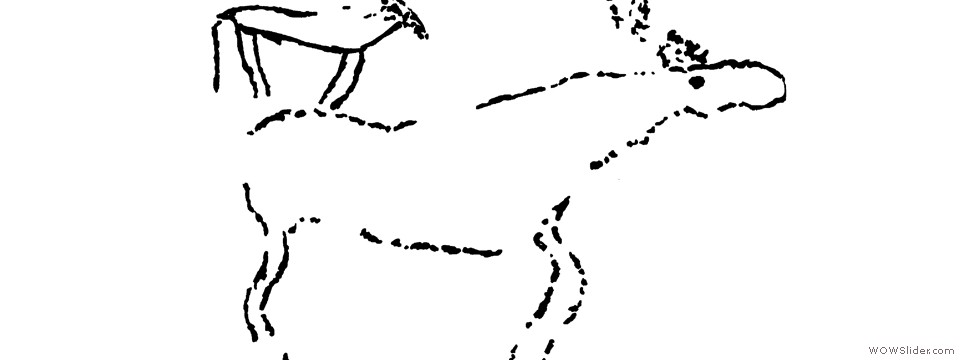
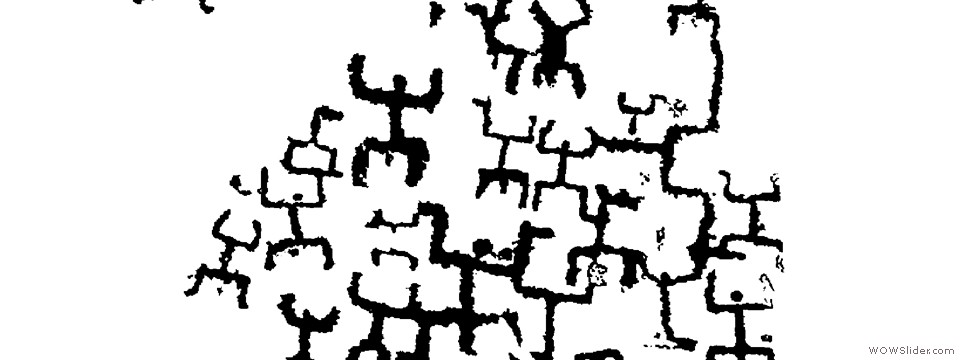
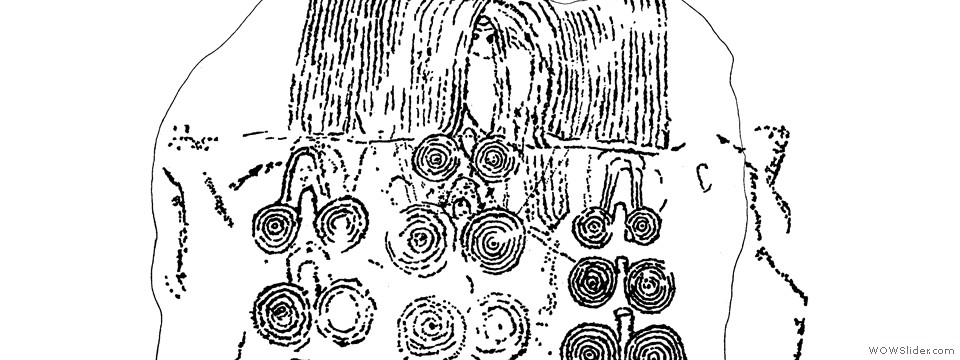
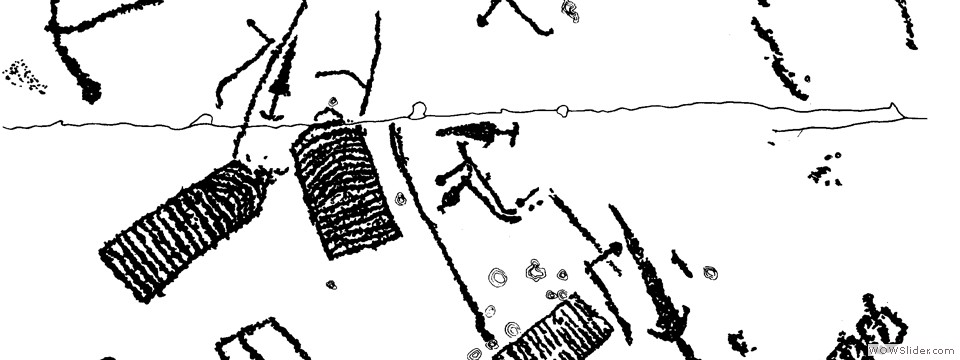
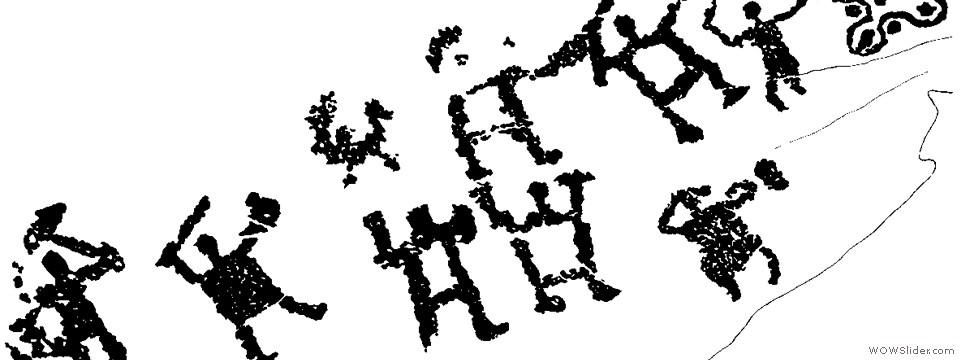
 1
1 2
2 3
3 4
4 5
5